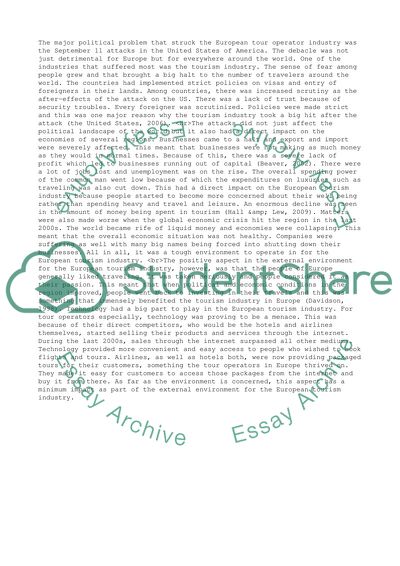Cite this document
(Managing Strategies at the Tour Operator Industry Coursework, n.d.)
Managing Strategies at the Tour Operator Industry Coursework. Retrieved from https://studentshare.org/management/1473002-managing-strategy
Managing Strategies at the Tour Operator Industry Coursework. Retrieved from https://studentshare.org/management/1473002-managing-strategy
(Managing Strategies at the Tour Operator Industry Coursework)
Managing Strategies at the Tour Operator Industry Coursework. https://studentshare.org/management/1473002-managing-strategy.
Managing Strategies at the Tour Operator Industry Coursework. https://studentshare.org/management/1473002-managing-strategy.
“Managing Strategies at the Tour Operator Industry Coursework”, n.d. https://studentshare.org/management/1473002-managing-strategy.


